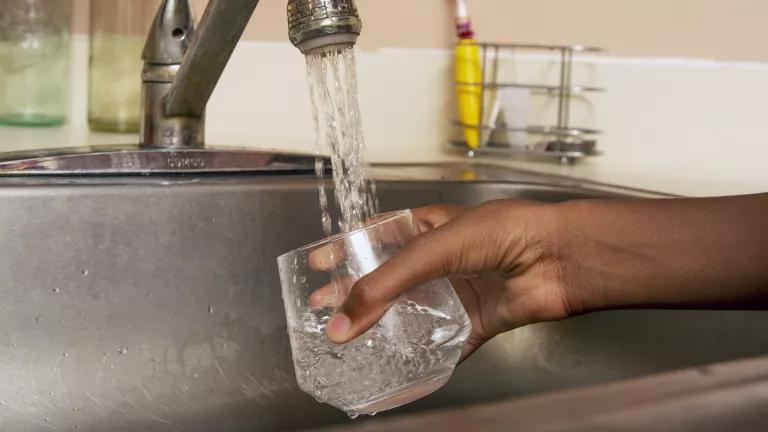California Issues Precedent Setting Rules to Collect Tons of Additional Mercury from Old Thermostats
Today, California is charting a path other states should follow to protect public health by adopting new rules promoting the recycling of old mercury thermostats that hang on the walls of millions of American homes and businesses. These relics of the past, often round dials installed decades ago, each contain about four grams of mercury. That’s about 1,000 times more mercury than in the typical compact fluorescent light bulb (CFL).
In California alone, a 2009 industry study estimated between 5.1 million and 10.5 million mercury thermostats were still in use in California at the time. At four grams of mercury per thermostat, this equals between 22.5 and 46.2 tons of mercury still on the walls in California.
The industry study also estimates that, each year in California, more than 200,000 old mercury thermostats will be removed from buildings through 2016, and from 2017 to 2032, at least another 100,000 mercury thermostats will be removed annually from California buildings.
The Problem with Mercury Thermostats
Many people aren’t aware these old thermostats contain mercury so the thermostats are often just tossed in the trash, where they can be crushed in garbage trucks or landfills, or burned in incinerators — releasing potentially harmful mercury pollution. These releases contribute to levels of mercury in fish high enough to trigger consumption warnings to pregnant women and children in California and elsewhere, aimed at avoiding the harmful effects of mercury on childhood development. More than 180 water bodies in California are already identified as contaminated by unsafe levels of mercury; this number will rise as more sampling data are evaluated.
In 2001, leading thermostat manufacturers established a nationwide program to collect the old mercury thermostats, but as I blogged before, the program is not successful. In California, even using the low end estimates from the industry’s study, the thermostat manufacturers collected only 8.5 percent of the mercury thermostats removed from buildings in 2011; and 8.6 percent of the thermostats in 2012, a very disappointing result for a program created over a decade ago.
Thankfully, that will soon change in California. In 2008, California enacted a law to require substantial improvements to the collection program, and today the Department of Toxic Substances Control (DTSC) issued the implementing regulations, setting the improvements in motion that go into effect July 1, 2013.
Under the new regulations, over the next five years, the industry will be required to collect hundreds of thousands of additional thermostats, containing almost two tons of mercury.
The table below indicates the number of mercury thermostats collected in California by the manufacturers during 2011 and 2012, and the number they will be required to collect over the next five years under the new California rules. The 2013 performance standard is pro-rated, reflecting the rules going to effect in July 1 and thus in effect for only half of 2013.

Changes are Coming
The new rules will require the thermostat manufacturers to make major improvements in the California program. Significantly, DTSC is authorized by the 2008 law to compel program changes if these standards are not met, thereby making California the first state where the industry program is truly accountable.
Two aspects of the industry program in California are ripe for improvement:
- First, in 2012, the manufacturers spent $169,840 on marketing and outreach for the collection program nationwide (no California specific estimate is available), with virtually no sustained physical presence in California. The need for more and sustained outreach will no doubt be closely examined.
- Second, the California law and regulations compel introduction of a financial incentive to HVAC contractors and homeowners if the standards are not met. The most effective programs in the country thus far mandate a financial incentive by statute; California is the first state in the country where the incentive would be imposed administratively. Thus, DTSC is empowered to test various incentive models and amounts to achieve the desired collection rates, which will prove instructive for the entire nation.
Laws in Illinois and Rhode Island require similar rulemakings during 2014. Legislatures in New York and Massachusetts are considering bills aimed at improving mercury thermostat collection rates. These states and others should follow California’s lead, and hold the industry collection program to a higher and accountable standard than the manufacturers are apparently willing to meet on their own. And then, by working together, the thermostat manufacturers, HVAC contractors and wholesalers, consumers and governments can improve public health by responsibly collecting these old mercury thermostats.




